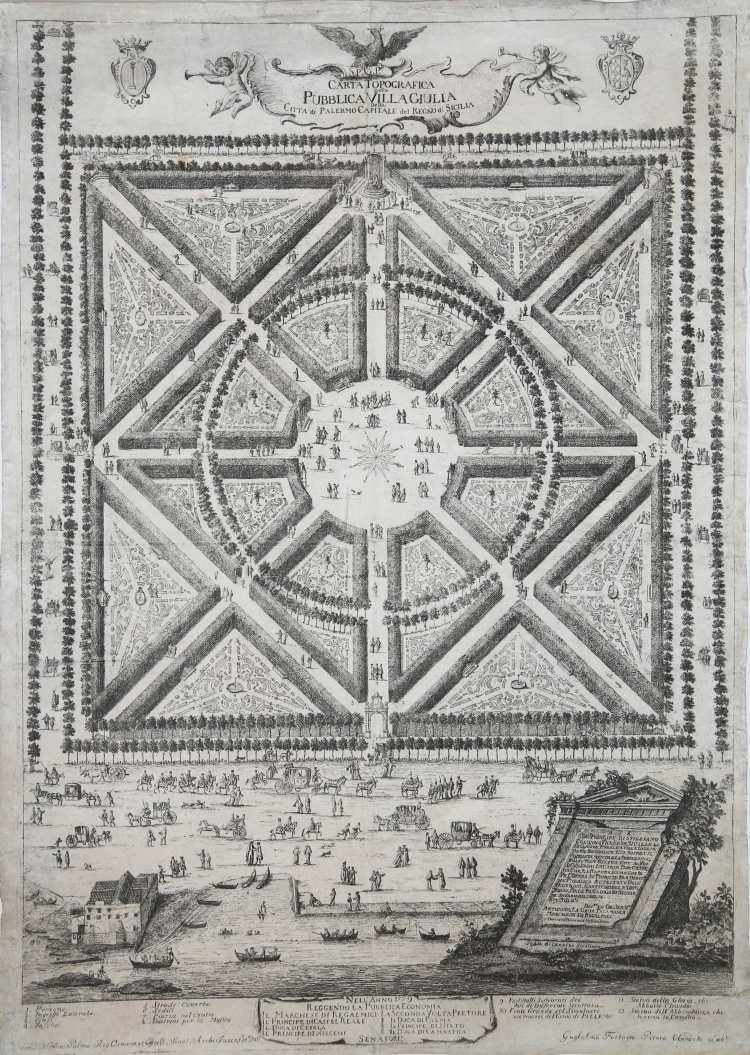


| Reference: | S44315 |
| Author | Willem (Gugliemo) Fortuyn |
| Year: | 1779 |
| Measures: | 510 x 735 mm |


| Reference: | S44315 |
| Author | Willem (Gugliemo) Fortuyn |
| Year: | 1779 |
| Measures: | 510 x 735 mm |
Willem (Gugliemo) Fortuyn (att. 1752 - 1778)
|
Willem (it. Guglielmo) Fortuyn (documented 1752/1778) was a Dutch painter and engraver active mostly in Italy in the last forty years of the eighteenth century. Rare news about Fortuyn are scattered between a short Dutch article written in the early twentieth century [F.W. Hudig, Het glas van Willem Fortuyn] and the few lines found in a few specialized biographical dictionaries and, as far as his Italian activity in particular is concerned, a few mentions related to studies on views of the Straits of Messina or on the activity of the Scillese naturalist Father Antonio Minasi. His activity, at least as a draughtsman and engraver, was certainly far more extensive than what has been known so far, especially in Italy, and essentially it was carried out on behalf of a narrow intellectual entourage linked to mineralogical travel and the spread of a particular ideological declination of the new science among southern naturalists.
|
Willem (Gugliemo) Fortuyn (att. 1752 - 1778)
|
Willem (it. Guglielmo) Fortuyn (documented 1752/1778) was a Dutch painter and engraver active mostly in Italy in the last forty years of the eighteenth century. Rare news about Fortuyn are scattered between a short Dutch article written in the early twentieth century [F.W. Hudig, Het glas van Willem Fortuyn] and the few lines found in a few specialized biographical dictionaries and, as far as his Italian activity in particular is concerned, a few mentions related to studies on views of the Straits of Messina or on the activity of the Scillese naturalist Father Antonio Minasi. His activity, at least as a draughtsman and engraver, was certainly far more extensive than what has been known so far, especially in Italy, and essentially it was carried out on behalf of a narrow intellectual entourage linked to mineralogical travel and the spread of a particular ideological declination of the new science among southern naturalists.
|